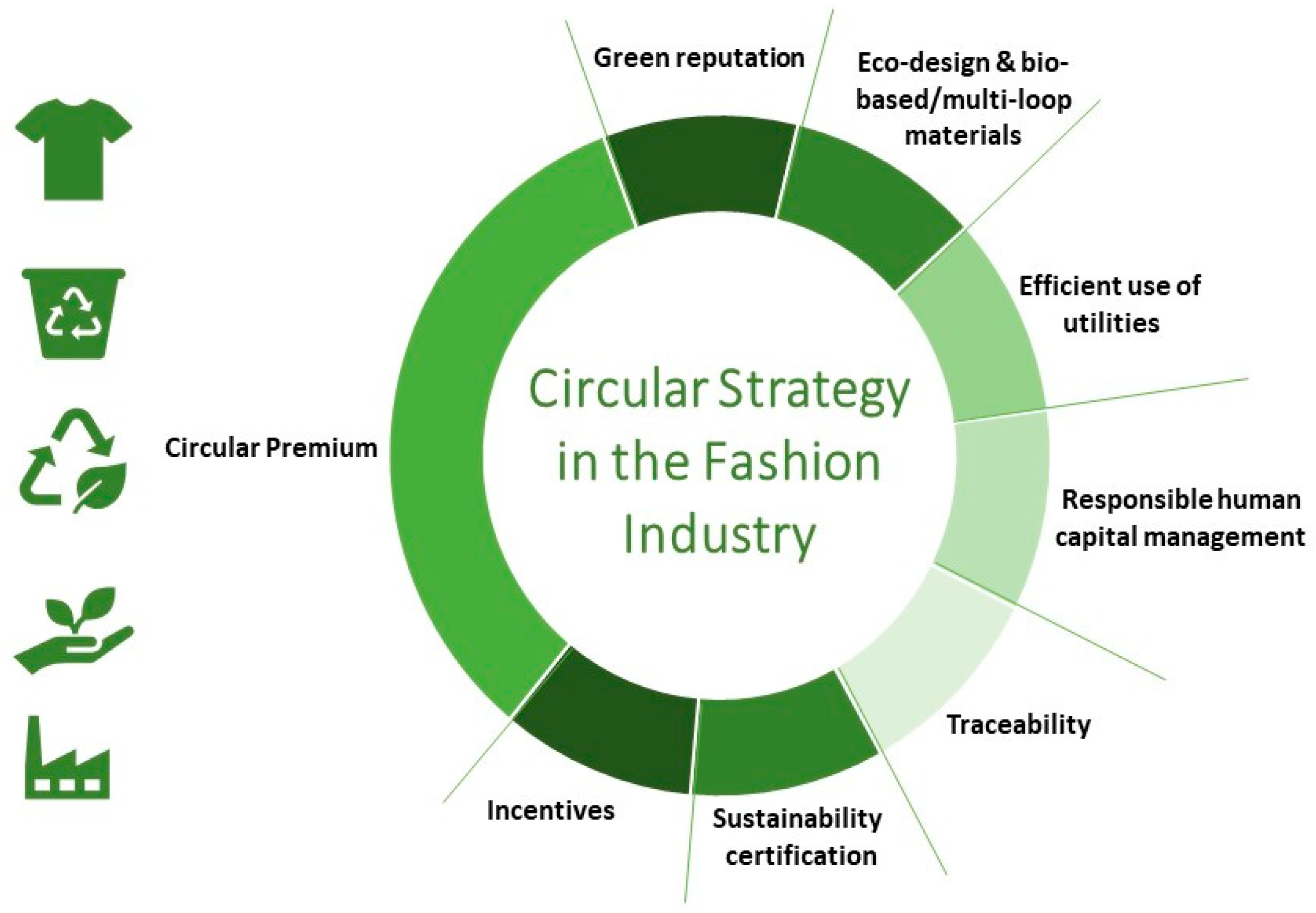The Future of Sustainable Fashion: A Green Revolution
Introduction: In recent years, the fashion industry has undergone a remarkable transformation, shifting its focus towards sustainability and eco-conscious practices. As the world becomes increasingly aware of the environmental and social impacts of fashion, consumers are demanding change. In this blog post, we will explore the burgeoning trend of sustainable fashion and how it is revolutionizing the way we perceive and consume clothing.

Understanding Sustainable Fashion
Sustainable fashion is a movement that aims to minimize the negative impacts of the fashion industry on the environment, society, and economy. This includes using eco-friendly materials, implementing ethical labor practices, reducing waste, and promoting longevity in clothing design. The goal is to create a more sustainable and responsible fashion ecosystem.
Key Principles of Sustainable Fashion:
- Ethical Manufacturing: Ensuring fair wages, safe working conditions, and fair treatment of workers throughout the supply chain.
- Environmentally-Friendly Materials: Using organic, recycled, or upcycled materials to minimize harm to the environment.
- Circular Fashion: Encouraging a circular economy by designing products for reuse, recycling, or upcycling.
- Minimal Waste: Reducing waste in the production process through efficient design and manufacturing techniques.
The Rise of Sustainable Fashion
Consumer Demand and Awareness:
Consumers are becoming increasingly conscious of the impact of their purchasing decisions. They want to align their values with the brands they support, leading to a surge in demand for sustainable fashion. Social media and information-sharing platforms have played a significant role in educating the public about the environmental and ethical concerns within the fashion industry.
High-Profile Advocates:
Celebrities, influencers, and fashion icons have embraced sustainable fashion, leveraging their platforms to advocate for responsible consumption. Their influence has brought sustainability into the limelight and encouraged their followers to make conscious choices.
Innovations and Technology:
Advancements in technology have paved the way for innovative solutions in sustainable fashion. From eco-friendly fabrics made from pineapple leaves or recycled plastics to 3D printing for creating custom-fit garments, technology is revolutionizing the industry and making sustainable options more accessible.
The Challenges and Future Prospects

Overcoming Cost Barriers:
One of the challenges of sustainable fashion has been its perceived higher cost. However, as the demand for sustainable alternatives grows, economies of scale and improved production processes are likely to drive costs down, making sustainable fashion more affordable for all.
Collaboration and Industry Partnerships:
Collaboration between industry stakeholders, including fashion brands, manufacturers, policymakers, and consumers, is crucial to driving sustainable practices forward. Partnerships can facilitate the sharing of knowledge, resources, and best practices to accelerate the adoption of sustainable fashion industry-wide.
Education and Awareness:
Continued education and awareness campaigns are essential to ensure that sustainable fashion remains a long-term trend. Educating consumers about the benefits of sustainable choices and highlighting the environmental and social impact of their purchases will empower them to make informed decisions.
Conclusion
The shift towards sustainable fashion is not merely a passing trend—it is a fundamental change in how we approach the world of style and clothing. As the industry continues to evolve, we must all play our part by supporting sustainable brands, making conscious purchasing decisions, and advocating for a greener and more ethical fashion landscape. Together, we can drive a global fashion revolution that prioritizes our planet and its people.